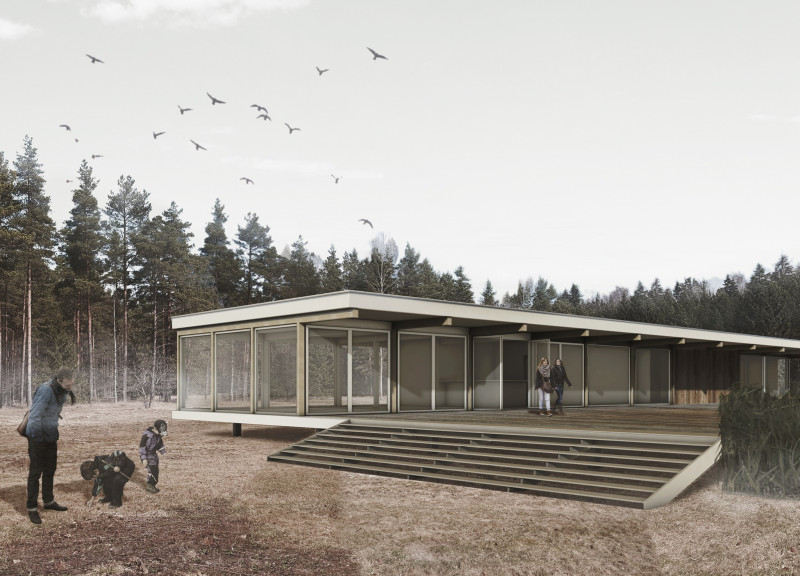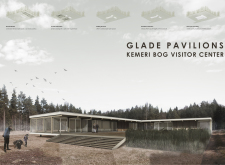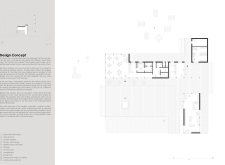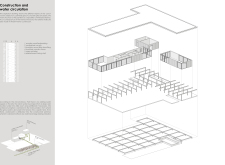5 key facts about this project
The Kemeri Bog Visitor Center is located within the unique ecological landscape of the Kemeri Bog, designed to improve visitor experiences. It functions as a gateway to the area's biodiversity. The design focuses on an organized structure that divides the site into public and private areas, facilitating movement and interaction with the natural surroundings.
Design Organization
The project is structured around two main axes that define different functional spaces. The first axis includes essential features like car and bus parking, a camping site, and an open terrace, all positioned to welcome visitors effectively. The second axis is dedicated to building structures, elevated construction, and open spaces that encourage exploration of the bog. This intentional layout enhances visitor engagement while maintaining connections to the local landscape.
Functional Areas
The design includes several pavilions, each serving different purposes. These contain an information and ticket center, a café bar with kitchen facilities, and an exhibition area that integrates a souvenir shop. The interconnected pavilions are aligned along the designated axes, which makes them easy to access. Separating public and private areas contributes to a comfortable atmosphere for visitors, allowing them to enjoy their time in the center.
Construction and Materiality
Construction relies on a structural system of concrete piles and joists, which supports a timber-framed assembly. The building features layers such as wooden weatherboarding, a ventilated cavity, insulation, and an insulated wooden frame. These elements combined offer stability and improve energy efficiency, showcasing a focus on responsible design practices.
Site Integration
The visitor center is designed to connect visually with the surrounding landscape. Large, ceiling-high windows frame the bog views, inviting natural light into the spaces. This thoughtful design promotes a strong link between the indoor environment and the outdoors. The layout considers shading and shelter carefully, ensuring that visitors are comfortable as they engage with the landscape around them.






















































